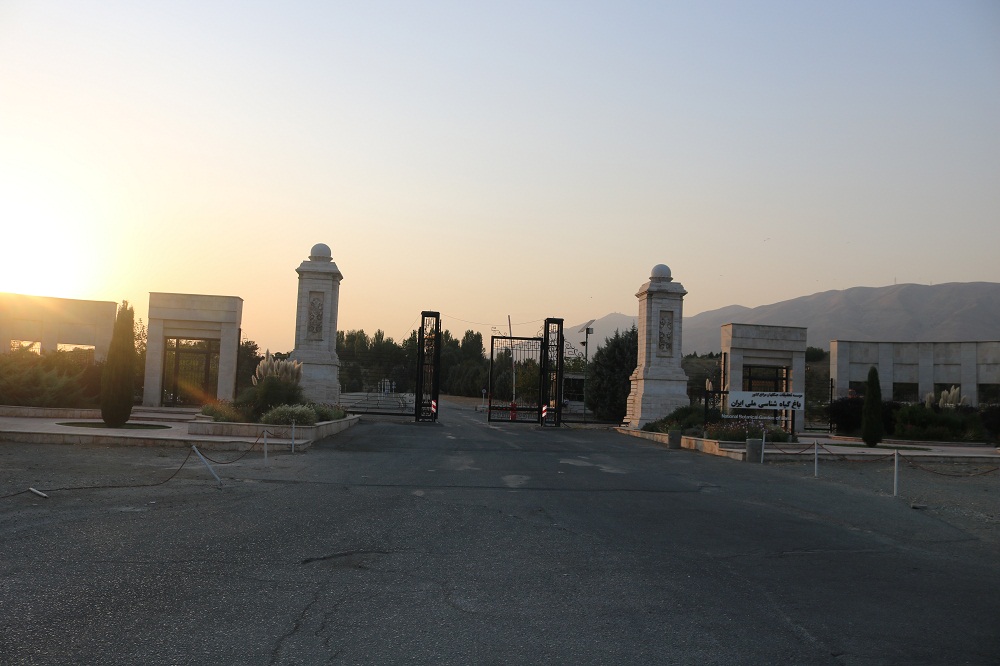**About the Botanical Garden**
A **botanical garden** is a place where a collection of native and non-native plants is cultivated in open spaces and greenhouses. It plays a significant role in various research fields, including plant sciences and horticulture, public education, and raising awareness about the importance of plants and the need for their conservation. Additionally, botanical gardens serve as genetic reservoirs for endangered plant species. They provide the necessary facilities for studying and researching biodiversity and its conservation.
Through the application of various scientific methods, botanical gardens enable the identification of plant species within a country and determine their distribution ranges. Research on the propagation and cultivation of species with conservation and economic value is another key focus of botanical gardens.
—
**The National Botanical Garden of Iran**
The **National Botanical Garden of Iran**, covering **145 hectares**, is situated on the southern slopes of the Central Alborz Mountain Range in the Chitgar area, northwest of Tehran (within the jurisdiction of Tehran’s District 22). It is located at a latitude of **35°41′ North** and a longitude of **51°19′ East**, at an elevation of **1,320 meters** above sea level. The garden has a primary slope of **6.2%** (north to south) and a secondary slope of **1.9%** (west to east).
In the garden’s design, three artificial mountains have been created to represent the **Zagros**, **Alborz**, and **Himalayan** mountain ranges, contributing to natural landscapes and scenic views. Additionally, **six lakes** and **two rivers** have been designed alongside the plants of their respective habitats, creating natural environments and unique tourist attractions. Among the garden’s other attractions are **two waterfalls**, where water cascades from heights and through rocks.
 باغ گیاه شناسی ملی ایران | موسسه تحقیقات جنگل ها و مراتع کشور
باغ گیاه شناسی ملی ایران | موسسه تحقیقات جنگل ها و مراتع کشور




